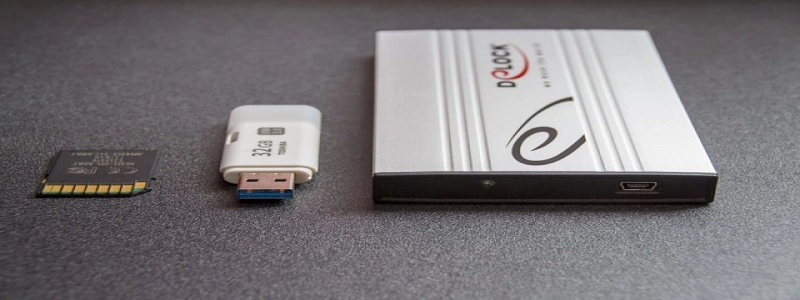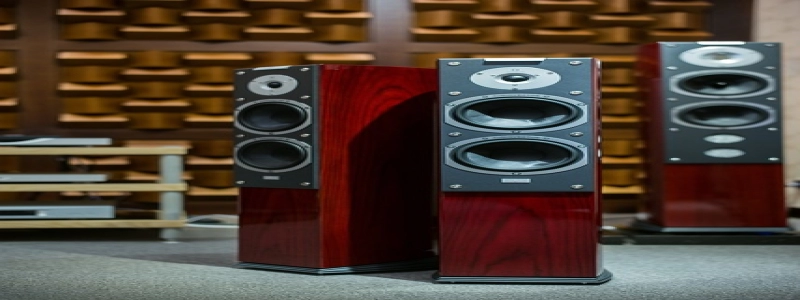Flat Ribbon Cable Connector Types
Introduction:
In the world of electronics and electrical engineering, flat ribbon cables are widely used for their simplicity and flexibility. These cables consist of multiple parallel conductors that are insulated and laminated onto a flat ribbon. To connect these cables to different electronic devices, various types of connectors are used. In this article, we will explore some commonly used flat ribbon cable connector types and their characteristics.
I. D-Sub Connectors:
D-sub connectors, also known as D-subminiature connectors, are widely used for connecting flat ribbon cables. They have a rectangular shape with two rows of pins or sockets, which align with the conductors of the ribbon cable. These connectors are preferred for their high-density contact arrangement and ability to handle high-speed data transmission. D-sub connectors are commonly found in computer systems, printers, and telecommunications equipment.
II. IDC Connectors:
Insulation Displacement Connectors (IDC) are specifically designed for flat ribbon cables. These connectors have a sharp, V-shaped metal blade that pierces through the cable’s insulation, making contact with the conductor. IDC connectors provide a reliable and secure connection without the need for stripping the cable or soldering. They are widely used in telecommunication systems, networking equipment, and industrial automation applications.
III. Box Headers:
Box headers are another type of flat ribbon cable connector that have gained popularity in recent years. They have a rectangular housing with sockets on one side and pins on the other side. The sockets align with the conductors of the ribbon cable, while the pins fit into corresponding female connectors on the device. Box headers provide a secure connection and can support high-speed data transfer. They are commonly used in consumer electronics, such as laptops, tablets, and gaming consoles.
IV. ZIF Connectors:
Zero Insertion Force (ZIF) connectors are specifically designed for flat ribbon cables that require frequent insertion and removal. These connectors have a unique mechanism that allows users to insert the cable without applying any force. ZIF connectors have a lever or slider that locks the cable in place after insertion. This type of connector is often used in devices that require periodic maintenance or replacement, such as hard disk drives, DVD drives, and flat-panel displays.
Conclusion:
Flat ribbon cables are widely used in various electronic applications, and selecting the right connector is crucial to ensure reliable and efficient connectivity. D-sub connectors, IDC connectors, box headers, and ZIF connectors are some of the commonly used types that offer distinct advantages for different scenarios. When choosing a connector, it is essential to consider factors such as the cable’s requirements, data transfer speed, and frequency of connection. By understanding the characteristics of different connector types, engineers can make informed decisions to meet their specific needs.








